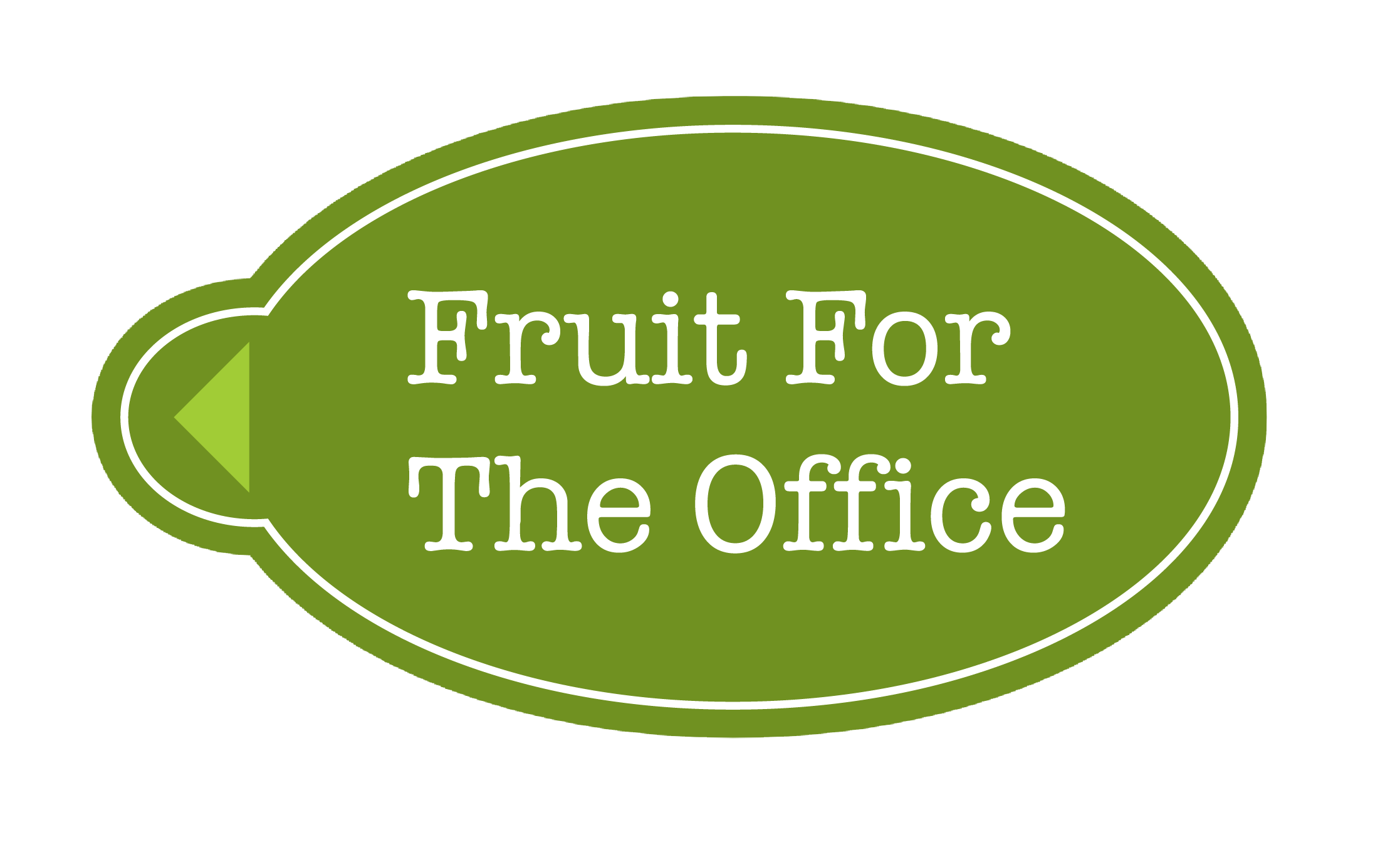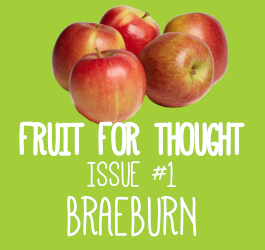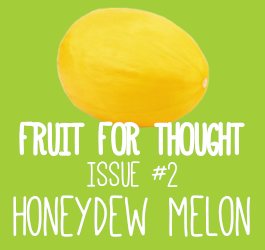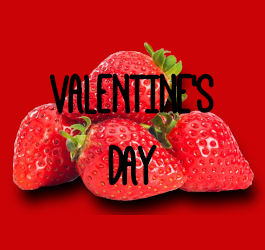How Pumpkins became associated with Halloween and their health Benefits for you


Introduction
Pumpkins are large gourds. They can come in all colours, shapes and sizes, but due to the popular involvement in Halloween, they’re most commonly sold as orange and round ones.
They’re native to North America, and have sweet, earthy flavour. They are in season from late autumn through to winter.
Health Benefits
Pumpkins are very rich on Beta Carotene, which converts into Vitamin A and helps as an Antioxidant. Pumpkins also have a lot of Fibre.
Beta Carotene (Vitamin A)
Beta Carotene is a compound that is found in the pigments (colours) of fruits. It’s the thing that gives the Pumpkin its bright orange colour. Beta Carotene gets converted into Vitamin A, which is essentially for a healthy skin and to boost our Immune System. It also helps with good eye health and vision.
Beta Carotene (Antioxidants)
Antioxidants are important to prevent against oxidisation in the body. Cells in your body, called ‘Free Radicals’ can be harmful to you. They are unstable molecules and will damage other cells. Antioxidants prevents this from happening, keeping your body healthy.
Fibre
Fibre is a carbohydrate that the body can’t digest. Instead, it makes its way into the intestines, which the bacteria there can feed off. This then keeps the digestive system healthy, and make reduce the risk of heart disease, stroke and Type 2 diabetes.
How did Pumpkins get associated with Halloween?
The link between Pumpkins and Halloween falls back to an Irish Myth about a man called ‘Stingy Jack’. Jack liked to pay tricks on everyone, including the devil himself. In-fact he was so good at it that he had tricked the Devil twice, trapping him. Jack only let the Devil go when he agreed to not take Jack’s soul when he died. When Jack finally passed, he was rejected at the gates of Heaven. He went to the Devil, asking for help. The Devil honoured his word and didn’t take Jack’s soul. The devil gave Jack an ember, which he used to put in a carved-out turnip to make a lantern. Stingy Jack would roam the Earth with his turnip lantern, where he became known as Jack of the Lantern, or rather “Jack O’Lantern”.
The day before All Saints Day, was known as ‘All Hallow’s eve’. Today it’s commonly called ‘Halloween’. The Irish would hollow up turnips and light them, to keep away Ghostly Jack’s wondering soul. When the Irish immigrated to America, they discovered Pumpkins. They were larger and easier to carve, which they then replaced the turnips for. Hence, Pumpkin’s association to Halloween.
Final Words
And there you have it folk, a good summary of everything to do with the Pumpkin, with a history lesson on how it came to be associated with Halloween. We sell Pumpkins in all shapes and sizes, ready to be delivered to you the next working day! Just check out our store here, or get into contact with us!
Share this post
Related Posts
Fruit For The Office and Recycling
Fruit For Thought - Braeburn
Nutritional Insight - Minerals
Honeydew Melon Health Benefits and their History
Valentine's Day
The Real History of Bananas! Where did we get the term Banana republic?
Easter Opening Times
Bank Holiday Procedure - 2023
How Caffeine Affects our Bodies
All Things Yoghurts
The Benefits of Early-Morning Deliveries
How fruit boosts productivity in the office
5 Delicious Fruits to Have in Summer
Our New Fruit Boxes | Fruit For The Office
How fruit helps in the heat
How to entice staff to eat fruit in the Workplace
The Fruitful Impact: How Fruits Reshaped History
What Do Fruit Delivery Companies Actually Do?
The Benefits Of Cucumbers | Everything you need to know!
Fruit For Thought - Pomegranate
Bank Holiday Procedure and Planned Closures - 2024
Everything to know about Skimmed Milk
8 reasons to get milk to the office
5 Critical Benefits of Healthy Office Snack Box Deliveries
Bank Holiday Procedure and Planned Closures - 2025
City Harvest and Fruit For The Office Collaboration
Valentines Day 2025
Categories
Tags









































Comments